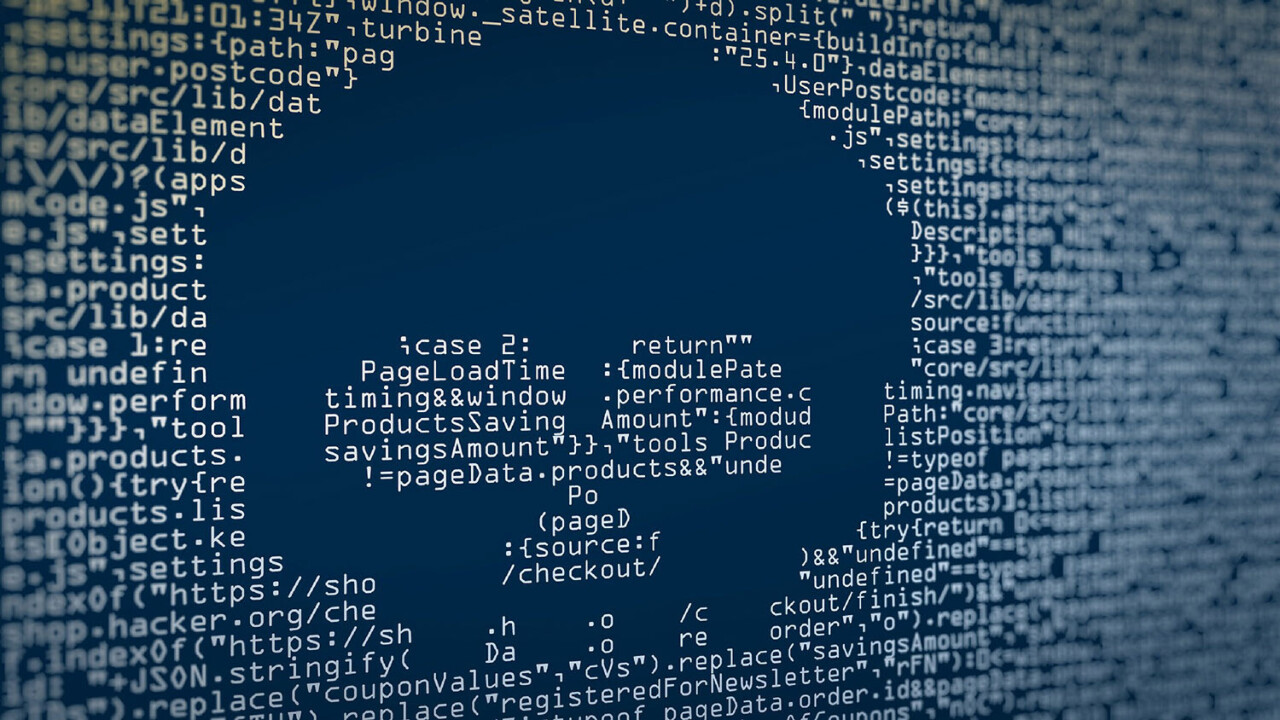The main types of IoT sensors in the market today

IoT sensors are now available in a variety of sizes, as well, allowing for
more portability and increased ease of use. This, in turn, has played a key
role in establishing new use cases, which have entered various industries.
“Sensors have developed from electro mechanical devices, to micro electro
mechanical devices (MEMS), to nano electro mechanical devices (NEMS) and now
Bio-MEMS, which can sense molecular level changes,” said Deepak Parameswaran,
chief business officer for Industry NxT at Mindtree. ... Manufacturing is
another industry with plenty of use cases for IoT sensor technology, as well
as much potential going forward. With the Industrial Internet of Things (IIoT)
aiding innovation in a sector that’s been otherwise slower to adopt digital
processes, this trend is showing no signs of slowing down. Richard
Simmons, group vice-president of technology – IoT at Logicalis Group,
explained: “One of our customers had dedicated employees to go around with
clipboards and climb up cranes and large, often dangerous, equipment just to
write down how long it was used for. Then they go back to their office and
record it.
IoT Will Spur Diversification In Indian Telecom

Specifically, narrowband IoT (NB-IoT) is unleashing powerful machine and
sensor connectivity, delivering specific data, low latency, and increased
power efficiency. And, it’s likely to drive millions of different types of
connections and use cases. Connecting billions of devices presents challenges
due to several concerns -- security, standardisation, authentication, and
ubiquitous connectivity, the number one roadblock when deploying IoT. Nowhere
is this dynamic more apparent than in India, a country largely connected using
inadequate terrestrial telecom networks and very limited coverage across
India’s vast hinterlands. Today, connectivity remains intermittent at best,
often failing totally, while many still experience non-existent coverage in
remote areas, where remote farms operate, at the borders, at rural power line
stations, at last-mile distribution centres, far out to sea, and many other
industrial operations. Even as IoT deployments grow to connect billions of
machines, the increased volume of devices will take the deployments into
remote parts, where they will experience little or no connectivity - and what
connectivity is available will not be affordable.
Don’t Leave Your APIs Undefended Against Security Risks

Speaking of silos, disparate security approaches also create silos that can
affect visibility. This can hinder threat detection and complicate the
organization’s ability to see the full scope of a security incident. When
creating a cloud security strategy, DevOps teams should consider adopting and
implementing consistent policies that work in, across and outside of cloud
environments. Use tools that allow for security configurations that can be
centrally applied, tested and updated, and that support creating a
consolidated view of the threats you face. This kind of consolidated view will
also help security teams focus more on response and less on collecting
information. A security platform that includes WAAP functionality combined
with a common management, analysis and orchestration interface can help. This
platform approach should include API security controls that can be deployed
for every exposed API, which could include APIs deployed in multicloud and
hybrid environments. The solutions you implement should also have the ability
to block API threats using a WAF or other API gateway.
Kamikaze satellites and shuttles adrift: Why cyberattacks are a major threat to humanity's ambitions in space

Although there are currently no known examples of cybercriminals hacking
directly into satellites, vulnerabilities in the user and ground segments have
been exploited in attempt to alter the flight path of satellites in orbit. “By
design, every piece of infrastructure has entry points, each of which has the
potential to create opportunities for attackers,” said Yamout. “On Earth, with
all the advancements and new technologies, we have a relatively good level of
security protection. But in space systems, the protections are much more
basic.” “With evolving technology and science, it is likely we will visit
space more than we used to. Cybersecurity has to be considered when designing
space systems in all layers and must integrate in all segments and phases of
the space domain evolution.” No matter how well space infrastructure is
protected, however, criminals will find a way to launch attacks. The question
then becomes: who and why? At the moment, the incentives for cyber actors to
launch attacks against space infrastructure are relatively few.
Computer vision can help spot cyber threats with startling accuracy

The traditional way to detect malware is to search files for known signatures
of malicious payloads. Malware detectors maintain a database of virus
definitions which include opcode sequences or code snippets, and they search
new files for the presence of these signatures. Unfortunately, malware
developers can easily circumvent such detection methods using different
techniques such as obfuscating their code or using polymorphism techniques to
mutate their code at runtime. Dynamic analysis tools try to detect malicious
behavior during runtime, but they are slow and require the setup of a sandbox
environment to test suspicious programs. In recent years, researchers have
also tried a range of machine learning techniques to detect malware. These ML
models have managed to make progress on some of the challenges of malware
detection, including code obfuscation. But they present new challenges,
including the need to learn too many features and a virtual environment to
analyze the target samples. Binary visualization can redefine malware
detection by turning it into a computer vision problem.
The New Wave of Web 3.0 Metaverse Innovations
The term “metaverse” was coined by science fiction writer Neal Stephenson in
his book Snow Crash. He described a popular virtual world experienced in the
first person by users equipped with augmented reality technology. This idea
was taken a step further in Ready Player One by Ernest Cline. He defined it
as a fully realized digital world that exists beyond the analog one in which
we live. While this futuristic vision may seem far-fetched, the reality
which is beginning to take shape is just as exciting. Hailed as the next
iteration of the internet, the metaverse sits at the intersection of the
web, augmented reality and the blockchain. Until recently, you could only
experience the internet when you go to it through a browser or app. The
metaverse, with its wide range of connectivity types, devices and
technologies will allow us to experience the internet on a huge variety of
devices — from commonplace screens and cell phones to VR (virtual reality)
and AR (augmented reality). Ultimately, the metaverse will allow us to play
games, shop, trade, chat, work or even attend concerts.
Artificial Intelligence in Finance: Opportunities and Challenges

One of the crucial applications of machine learning in the financial
industry is credit scoring. Many financial institutions, be it large banks
or smaller fintech companies, are in the business of lending money. And to
do so, they need to accurately assess the creditworthiness of an individual
or another company. Traditionally, such decisions were made by analysts
after conducting an interview with an individual and gathering the relevant
data points. However, artificial intelligence allows for a faster and more
accurate assessment of a potential borrower, using more complex methods in
comparison to the scoring systems of the past. ... Given how inflation is
affecting our savings and the fact that it is no longer profitable to keep
the money in a savings account, more and more people are interested in
passive investing. And this is exactly where robo-advisors come into play.
They are wealth management services in which AI puts together portfolio
recommendations based on the investors’ individual goals (both short- and
long-term), risk preferences, and disposable income.
HowTo: Accelerate the Enterprise Journey to Passwordless

Adopting passwordless requires trust in authentication. The number one
concern raised in conversations around passwordless is this: what happens
when this new factor is compromised? The answer lies in the next set of
security benefits from passwordless. Pair strong user authentication with
device authentication. By configuring workflows with rules, correlation, and
policies, at-risk authentications can be identified and blocked, such as
people using suspicious or new devices. More mature approaches will include
user behavior analytics. Consider a criminal who is cloning or spoofing a
person’s biometrics. With device authentication, the adversary will also
need to compromise the person’s phone and computer without being detected.
With behavior analytics, the criminal will also need to open apps that the
person normally uses during typical work hours — again, undetected. This
increases the complexity required for an attack, increasing the
organization’s likelihood of recognizing and responding before the attempt
is successful. Increasing trust in authentication creates barriers for
criminals. It reduces risk and enables us to investigate factors other than
passwords.
Democratisation of AI is crucial to harmonising omnichannel customer experience

Today AI is merely a tool, but in the near future, AI will become a new
corporate competency that is crucial to the delivery of a consistent CX
through every customer touchpoint. This core competency is the ability to
get real-time data from the market and execute real-time decisions. Adopting
and using Business AI throughout the enterprise to automate business
decisions will help companies develop this corporate competency. This is
critically important to delivering a consistent CX because customer
expectation is so ephemeral. Every intent signal, transaction data, customer
interaction insight, real-time materials cost, market volatility,
inflationary pressure, and even competitive moves can potentially change a
customer’s expectation. Without AI it’s virtually impossible to keep up with
the dynamics of customer expectation. While this new AI competency will be
important for every business, it’s often cost restrictive to develop
in-house. The teams, systems, and infrastructure required to test, manage,
secure and maintain proprietary AI systems can oftentimes turn the
deployment of AI into a full-blown R&D operation.
Celebrating AI-infused talent management at the Eightfold conference

Achieving greater efficiency and scale is the most significant benefit HR
teams say AI provides today. AI also enables companies to reduce turnover
because it allows them to build employee career paths and present growth
opportunities. When internal mobility is high and turnover is low, HR teams
can focus their time and resources on scaling the organization.
... AI can’t solve all the problems HR faces; however, it can
provide contextual data and intelligence to help reframe a problem, so HR
teams know what needs to be solved. Contextual intelligence is the goal,
with AI supporting HR teams’ experience, insights, and intuition. ... Talent
mobility, diversity, equity and inclusion, talent acquisition, talent
management, and governance were the leading topics covered in the 33
sessions. Based on customer presentations, it’s clear Eightfold is
concentrating on helping their customers accelerate and improve talent
acquisition. Customers including Dexcom and Micron explained how they’re
relying on Eightfold for each stage of talent acquisition, including
sourcing, screening, interview scheduling, diversity hiring, candidate
experience, candidate relationship management, and on-campus hiring.
Quote for the day:
"Confident and courageous leaders have no problems pointing out their own
weaknesses and ignorance. " -- Thom S. Rainer
No comments:
Post a Comment